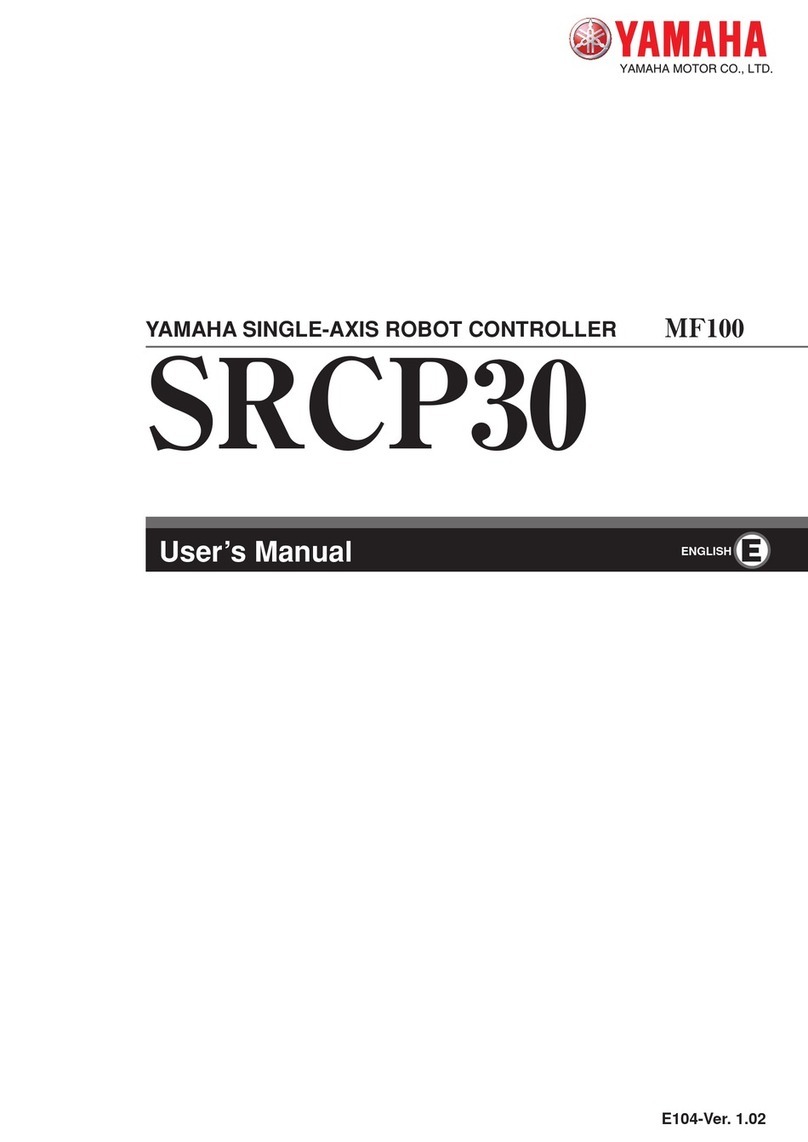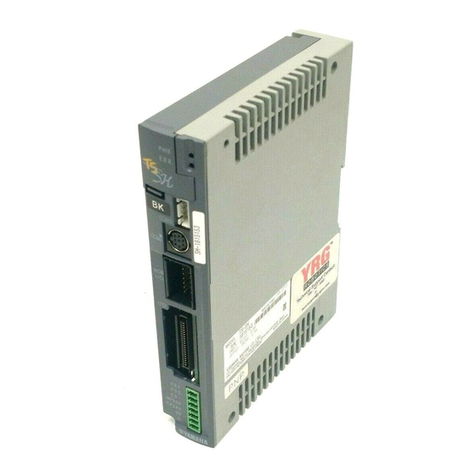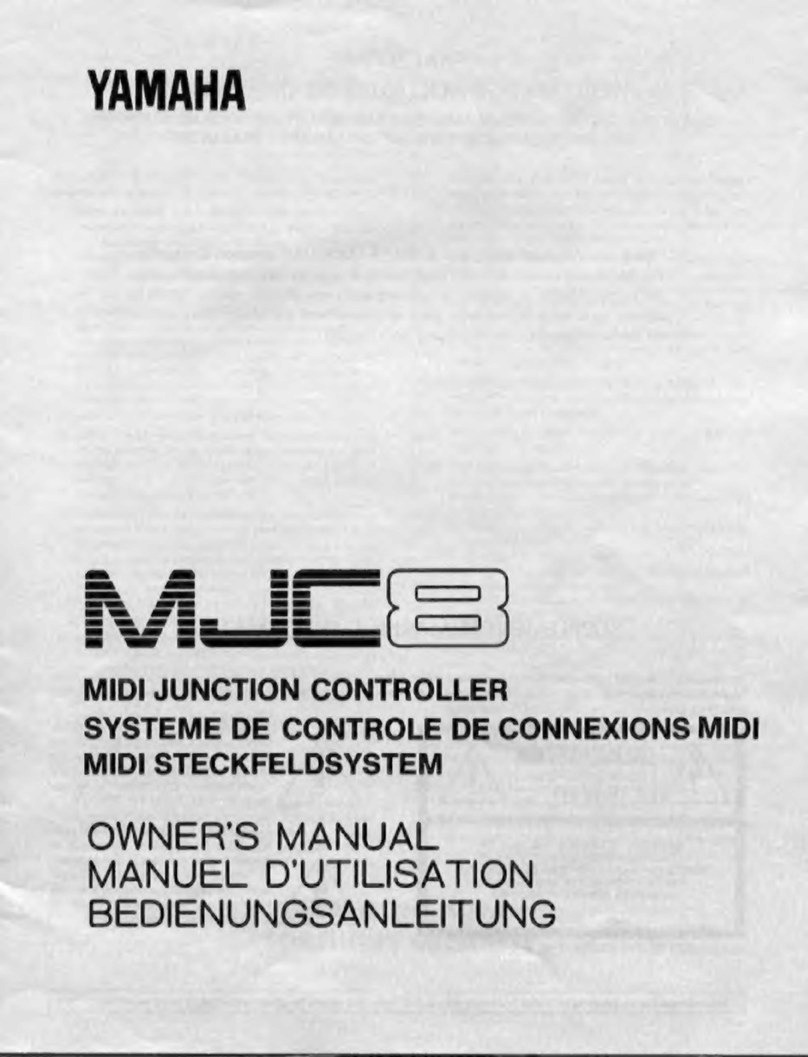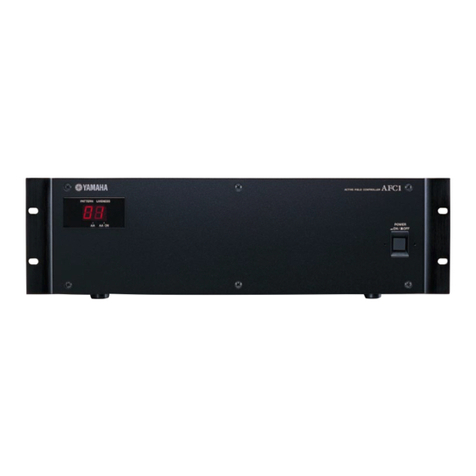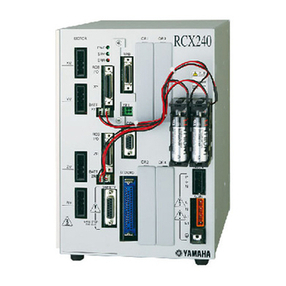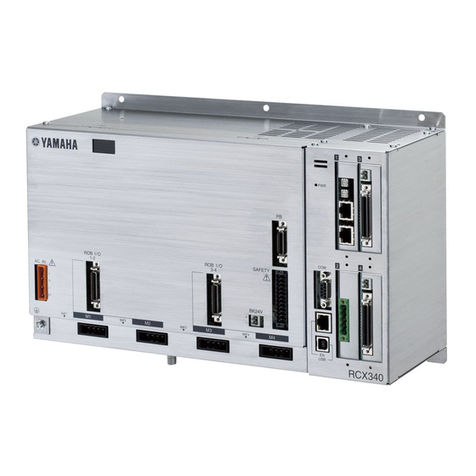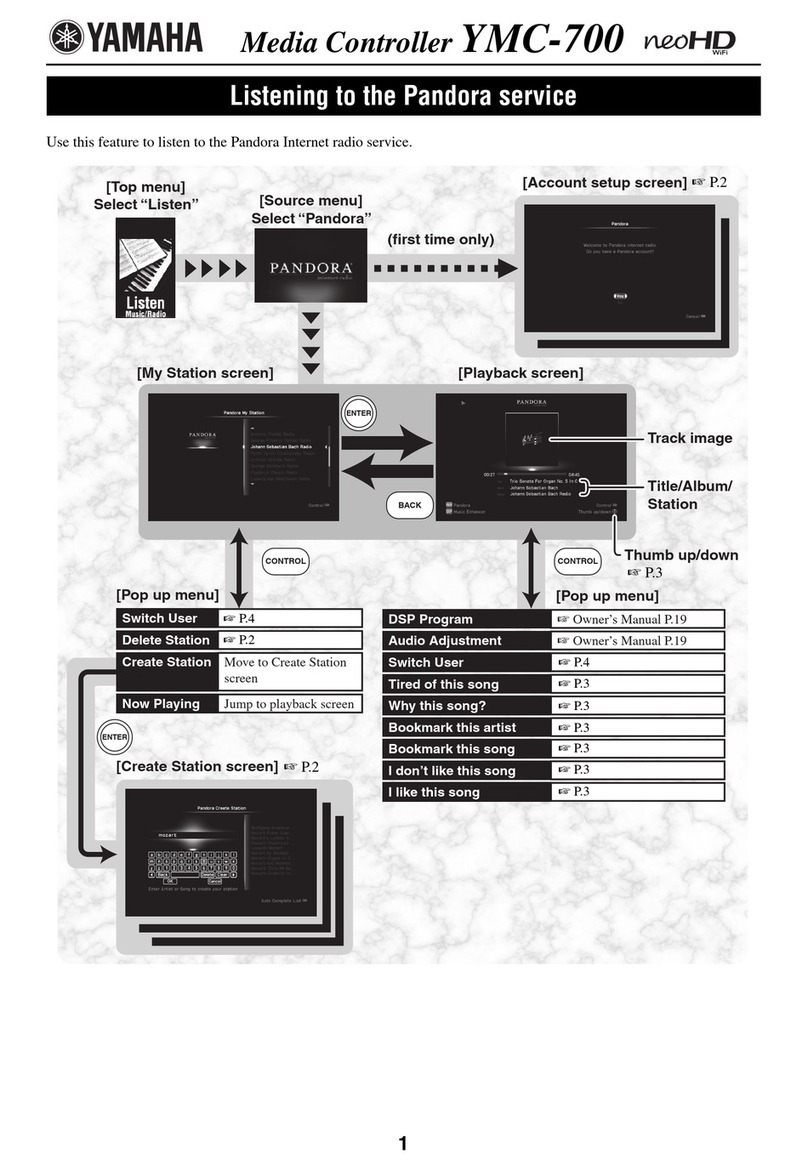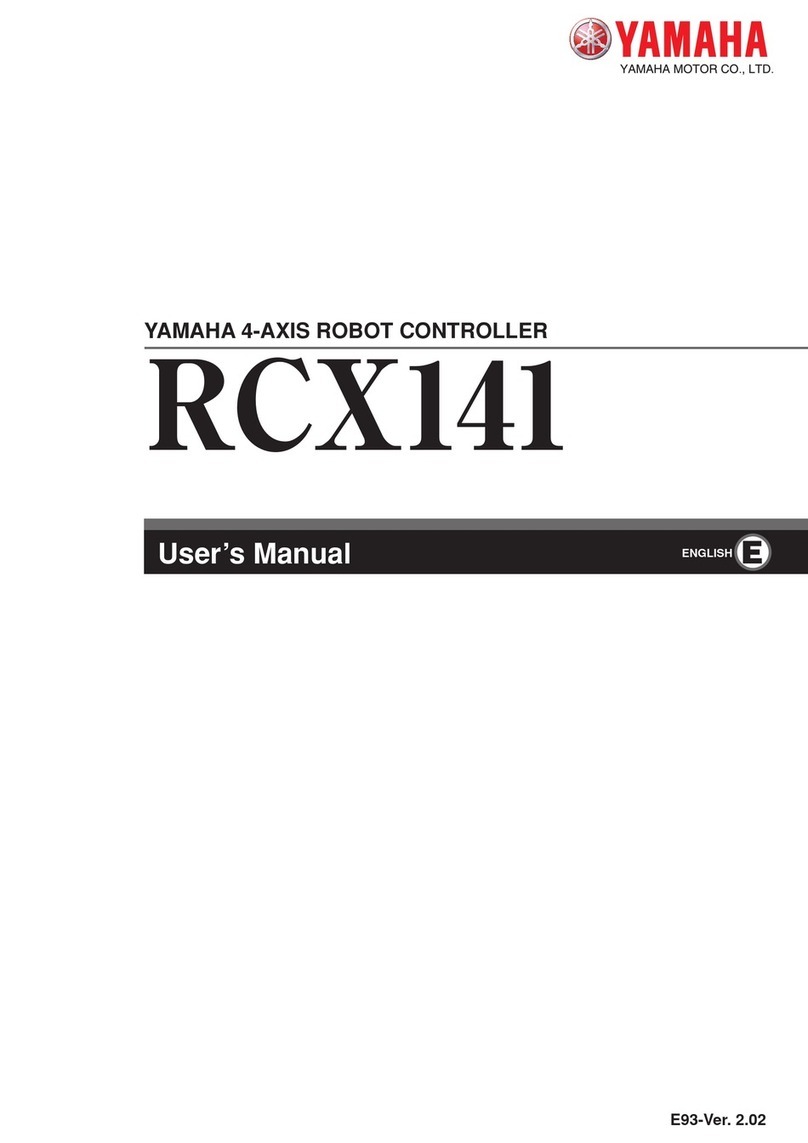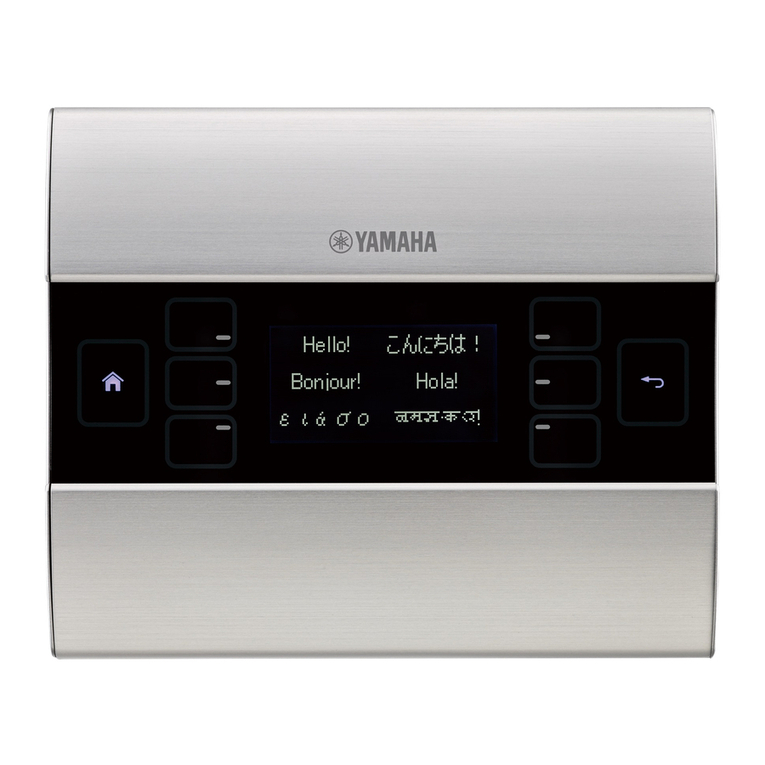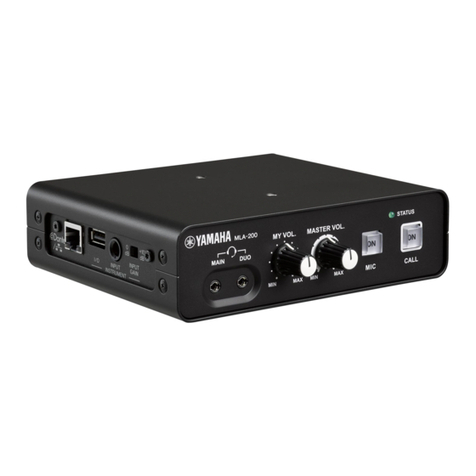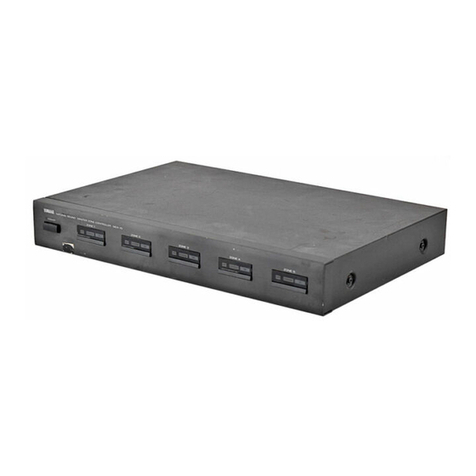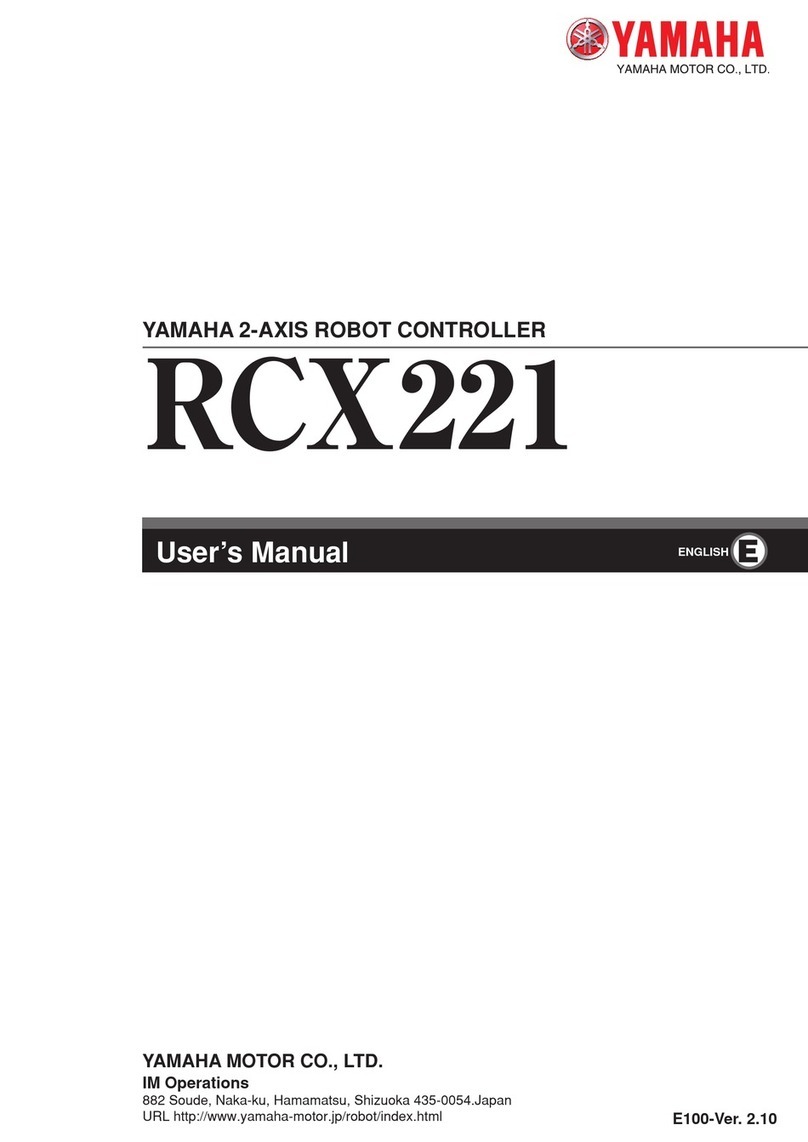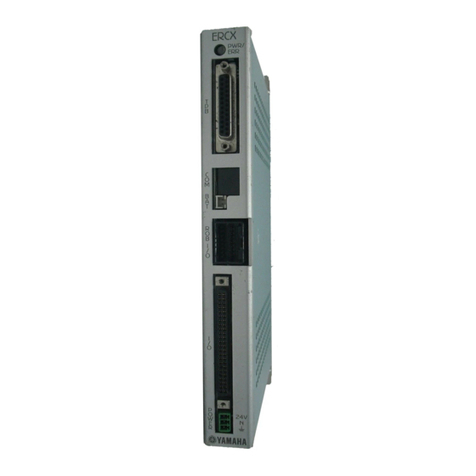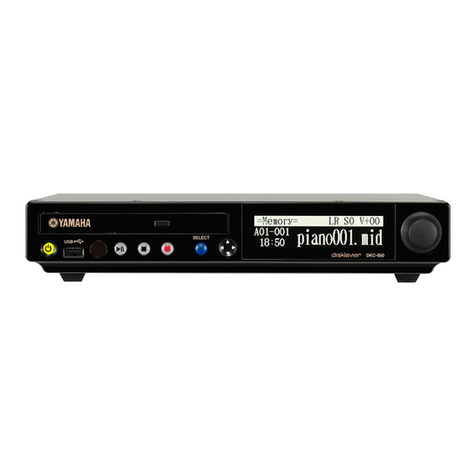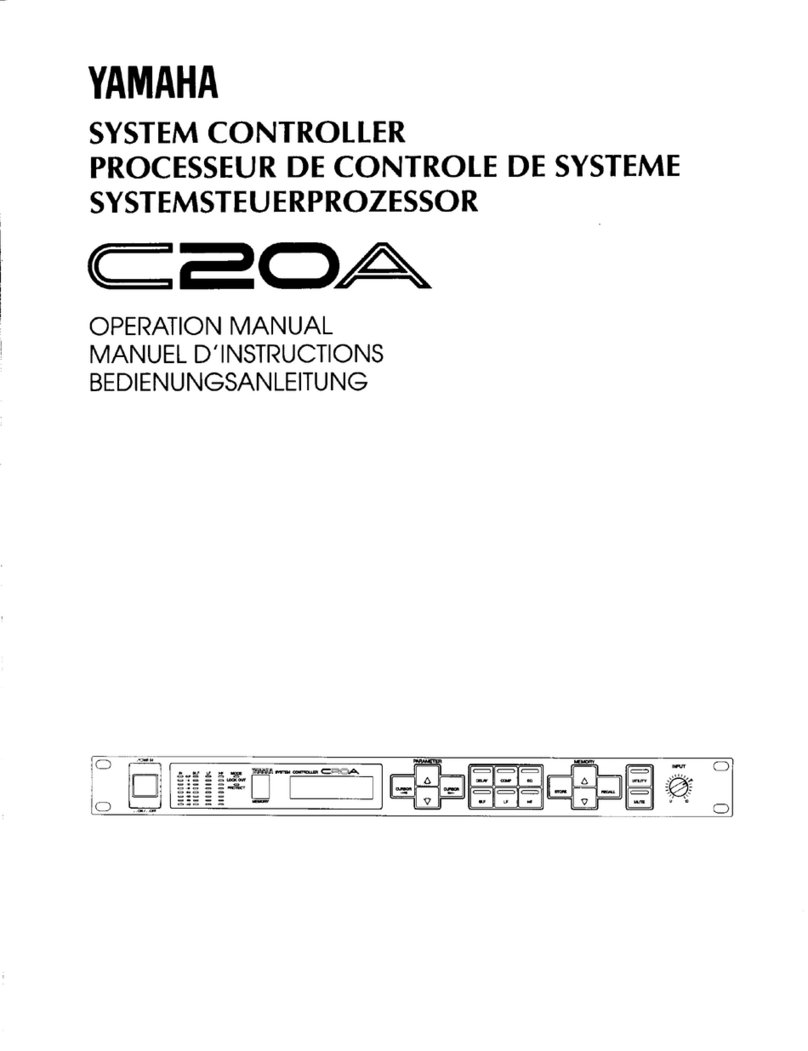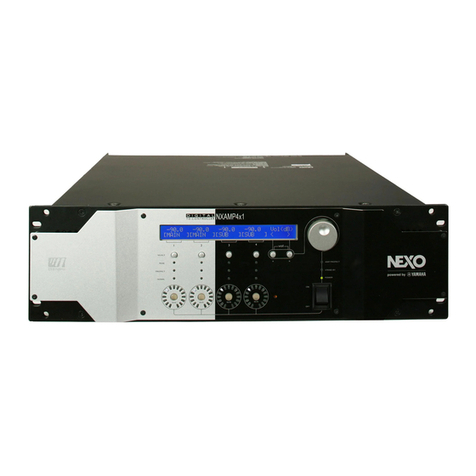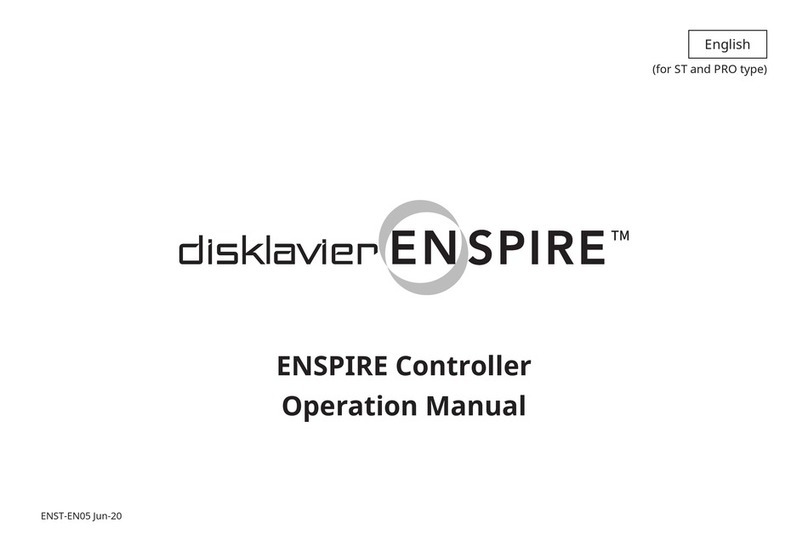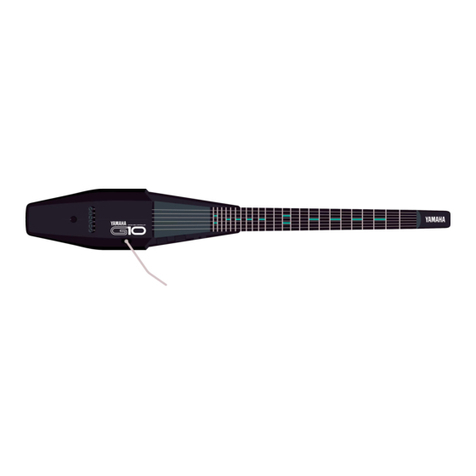
CONTENTS RCX222
User’s Manual
T-6
11.2.1 Point data input and editing 4-89
11.2.1.1 Restoring point data 4-90
11.2.2 Point data input by teaching 4-91
11.2.3 Point data input by direct teaching 4-93
11.2.4 Point jump display 4-94
11.2.5 Copying point data 4-95
11.2.6 Erasing point data 4-97
11.2.7 Point data trace 4-98
11.2.8 Point comment input and editing 4-98
11.2.8.1 Point comment input and editing 4-100
11.2.8.2 Point data input by teaching 4-100
11.2.8.3 Jump to a point comment 4-101
11.2.8.4 Copying a point comment 4-101
11.2.8.5 Erasing point comments 4-103
11.2.8.6 Point comment search 4-104
11.2.9 Point data error reset 4-105
11.3Displaying,editingandsettingpalletdenitions 4-106
11.3.1 Editing pallet definitions 4-108
11.3.1.1 Point setting in pallet definition 4-109
11.3.1.1.1 Editing the point in pallet definition 4-110
11.3.1.1.2 Setting the point in pallet definition by teaching 4-110
11.3.2 Pallet definition by teaching 4-111
11.3.3 Copying a pallet definition 4-114
11.3.4 Deleting a pallet definition 4-115
11.4 Changing the manual movement speed 4-116
11.5 Displaying, editing and setting shift coordinates 4-117
11.5.1 Editing shift coordinates 4-119
11.5.1.1 Restoring shift coordinates 4-120
11.5.2 Editing the shift coordinate range 4-121
11.5.2.1 Restoring a shift coordinate range 4-123
11.5.3 Shift coordinate setting method 1 4-124
11.5.4 Shift coordinate setting method 2 4-127
11.6 Displaying,editingandsettinghanddenitions 4-130
11.6.1 Editing hand definitions 4-133
11.6.1.1 Restoring hand definitions 4-134
11.6.2 Hand definition setting method 1 4-135
11.7 Changing the display units 4-137
11.8 Absolute reset 4-138
11.8.1 Checking absolute reset 4-139
11.8.2 Absolute reset on each axis 4-140
11.8.3 Absolute reset on all axes 4-147
11.9 Setting the standard coordinates 4-153
